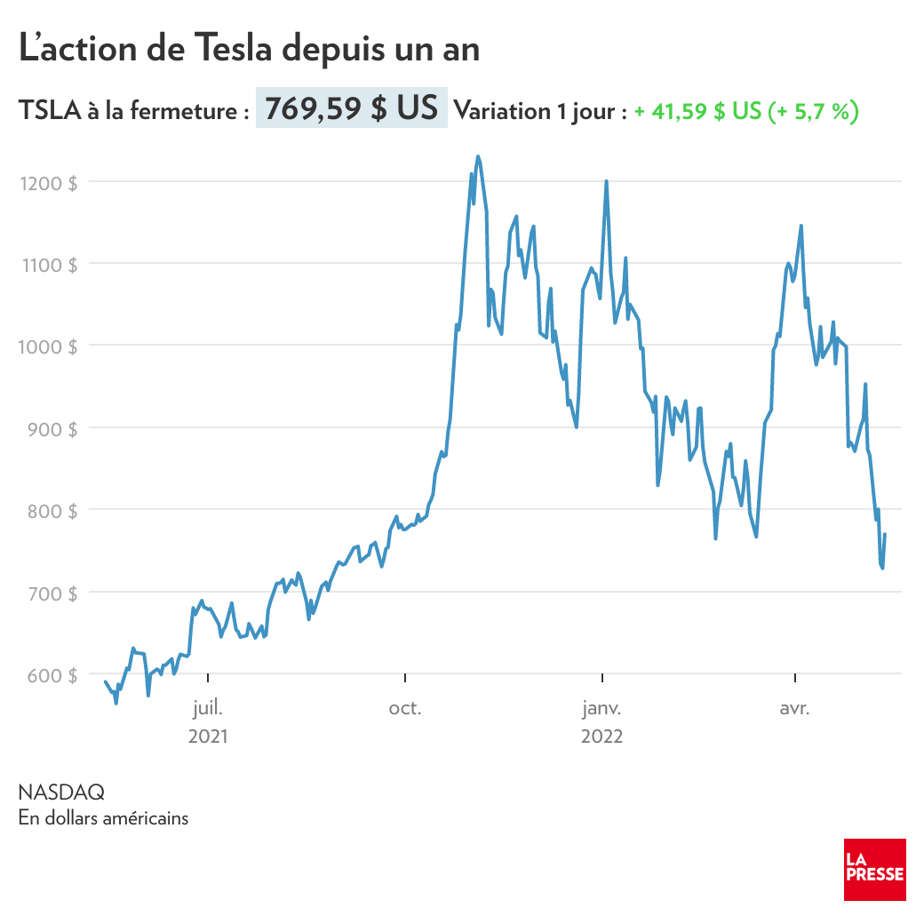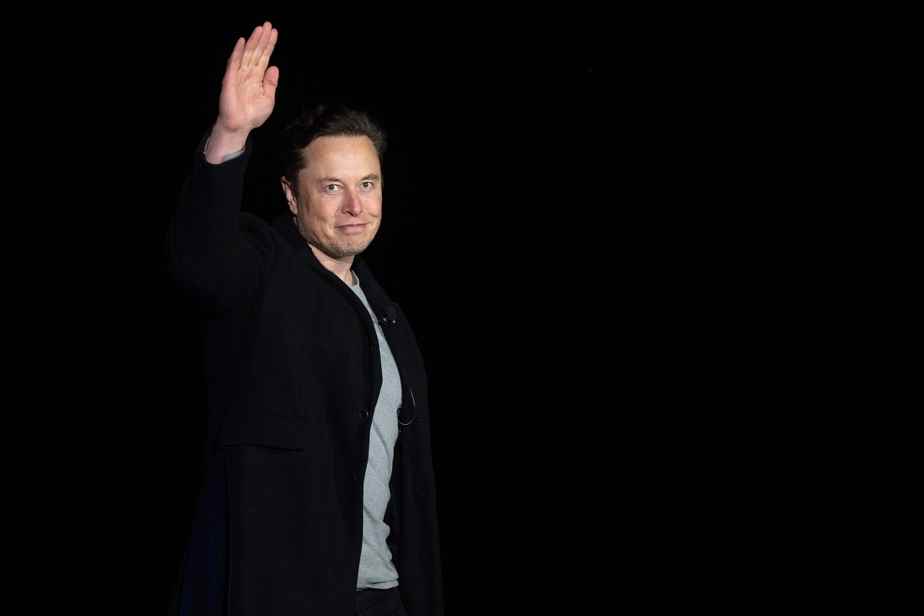Posted at 7:30 a.m.
Elon Musk escalated the drama surrounding his $44 billion takeover bid for Twitter on Friday, declaring in a pre-dawn tweet that the deal was “temporarily on hold” (temporarily on hold) until he could get more details about the volume of spam and fake accounts on the platform, and two hours later, tweeting that he was “still engaged” (still committed) in acquisition.
The announcements are the latest chapter in a corporate soap opera that has raised questions about free speech online and the consequences of appointing the world’s richest person as head of one of the most influential social media platforms.
Musk, CEO of Tesla, said ridding the platform of fake accounts, bots and spam will be one of his priorities after he takes over. In his tweet, Mr. Musk referred to a regulatory document filed by Twitter on May 2, in which it is estimated that less than 5% of Twitter users are fake accounts.
Known as coming from a free and sometimes impulsive spirit, Mr Musk’s comments left many wondering about the future of the operation.
Shares of Twitter fell about 20%, in precedence trading, after Musk’s first tweet. The latter then reiterated that he was “still engaged in the acquisition”. Twitter’s stock ultimately ended Friday’s session down 9.7% to US$40.72.

Twitter places few restrictions on creating an account, and the company has a long history of fighting fake accounts and bots. But it was difficult to quantify the exact extent of the problem. In a May 2 regulatory filing, Twitter said it estimated less than 5% of its users were fake, a figure it previously disclosed. Twitter warned that it had exercised “significant judgment” in its calculation and that its “estimate of fake counts may not accurately represent the actual number”, language similar to that used in the company’s previous filings. .
Musk’s comments were seen as a tactic to drive down the price of the acquisition or as a pretext to pull out altogether.
“Many view Musk as citing this situation of fake Twitter accounts and spam as a way to get out of the deal in a changing market,” Wedbush analyst Daniel Ives said in a statement. note to investors.
Twitter did not respond to a request for comment from New York Times.
Complex withdrawal
Musk’s surprise bid for Twitter has sparked considerable debate about a social media platform’s role in controlling what is said by its users. Twitter has spent years trying to crack down on hate speech, harassment and other online abuse, but Musk, who has a history of using the platform to attack and belittle his critics, has vowed to ease up the company’s content moderation policies. On Tuesday, he said he would lift the ban on former President Donald Trump.
Withdrawing from the agreement could become complicated. The purchase agreement includes a $1 billion fee that Mr. Musk would have to pay if he terminated the deal, although it’s unclear how that clause would apply if Mr. Musk could prove that Twitter’s user numbers are inaccurate.
If Musk’s debt funding remains intact, Twitter could also sue the billionaire to force him to pay for the operation.
Mr Musk has pledged to use his personal fortune to fund the deal to buy Twitter, a plan that has been hit by a recent drop in stock prices, including those of Tesla. Tesla stock is down nearly 30% in the past month. Mr. Musk sold shares of Tesla and pledged them for personal loans to raise cash.
If a deal were to be struck, Twitter’s business woes could force Musk to dip deeper into his shares of the electric car maker to plug any financial holes. And any problems at Tesla that cause its stock to drop big enough could trigger covenants in Musk’s personal loans that would require him to add additional collateral, limiting his ability to invest in Twitter.
Tesla stock rose 5.7% on Friday after Musk’s comments on Twitter.

Musk’s offer has created uncertainty within Twitter, a company already struggling to add users and generate more revenue. On Thursday, Twitter CEO Parag Agrawal fired two senior executives, halted new hires and pledged to cut spending.
This article was originally published in The New York Times.
